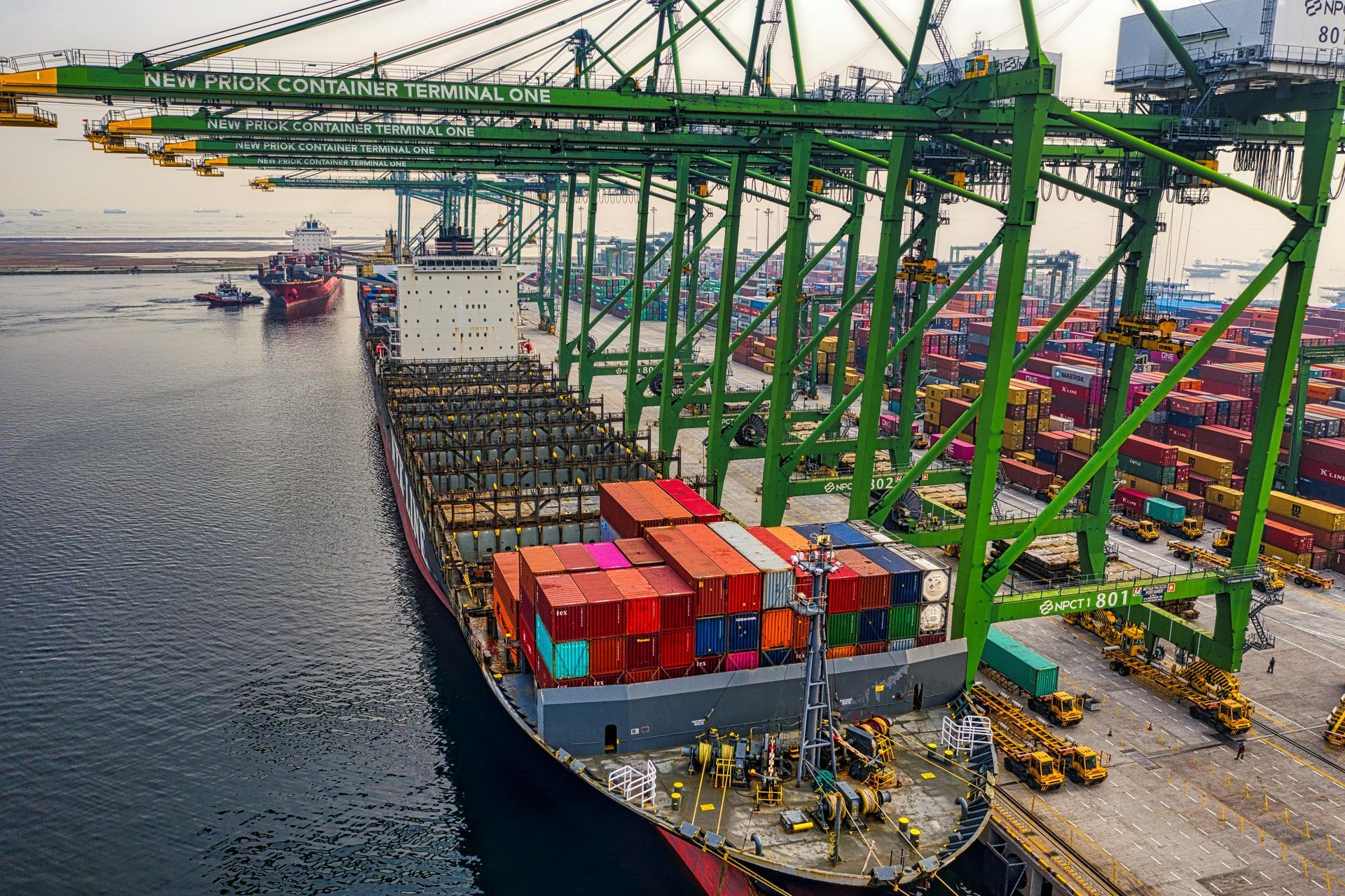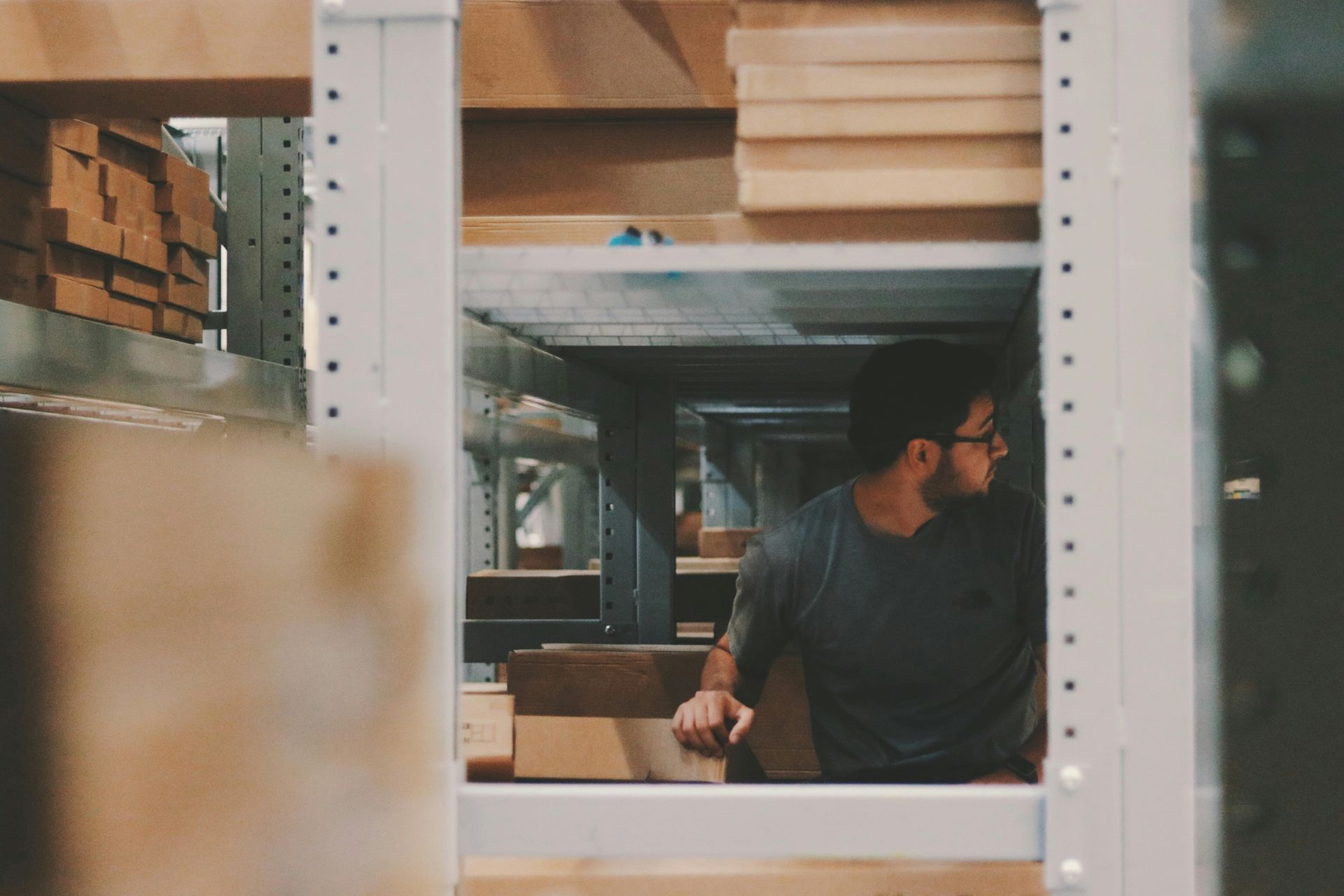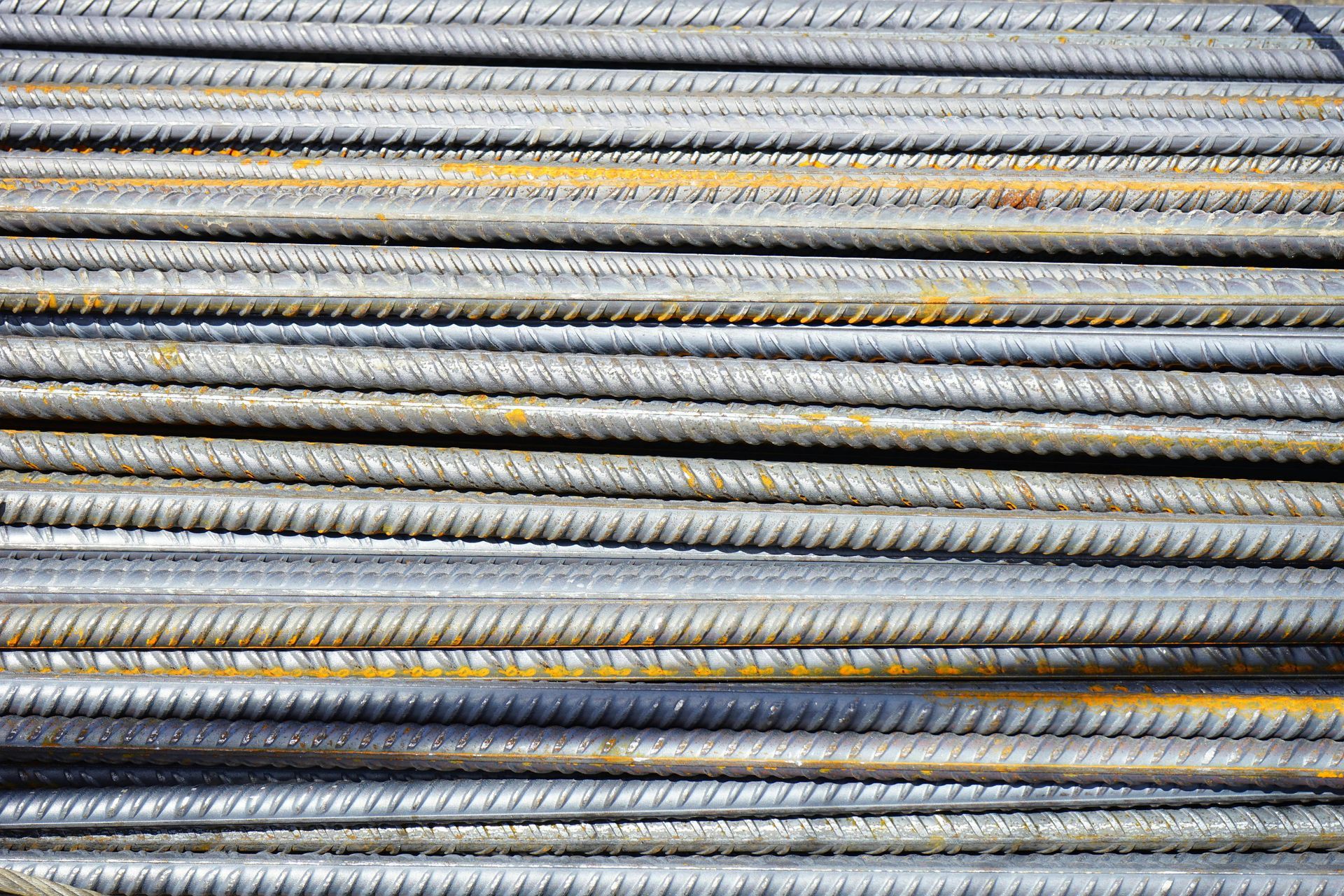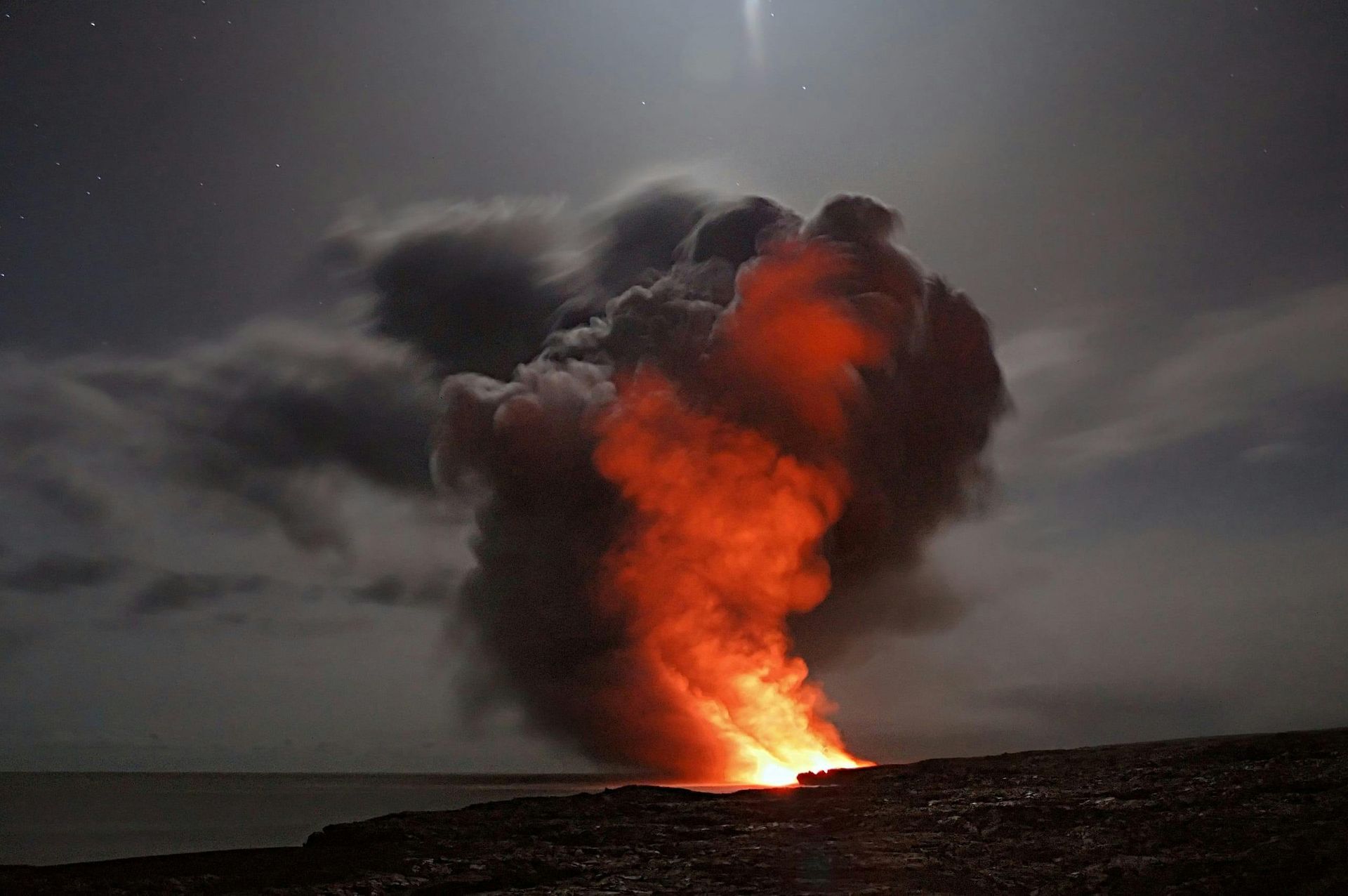Urban Sustainability and MDU Construction: Creating Green, Resilient Living Spaces
As urban populations swell, the need for innovative, sustainable, and efficient housing solutions has never been more pressing. Multiple Dwelling Units (MDUs) are at the forefront of this urban evolution, offering a way to accommodate more people while optimizing land use, resource efficiency, and environmental impact. Urban sustainability is not just a buzzword—it's a necessity. Developers, architects, and city planners are increasingly focusing on sustainable MDU construction as a solution to address the challenges of urban living, climate change, and housing demand.
In this blog post, we will explore the key strategies and technologies being employed in MDU construction to create greener, resilient urban living spaces that contribute to long-term sustainability.
Sustainable Building Materials: Reducing the Carbon Footprint
One of the first steps toward urban sustainability in MDU construction is using sustainable building materials. Reducing the carbon footprint of construction requires carefully selecting materials that are renewable, durable, and energy-efficient.
- Cross-Laminated Timber (CLT): CLT is becoming a popular choice for MDU construction due to its sustainability and strength. As a renewable material, timber stores carbon throughout its lifecycle, making it a greener alternative to traditional concrete and steel. CLT also allows for faster construction due to its prefabricated nature.
- Recycled Steel and Concrete: Using recycled steel and concrete helps cut down on the environmental impact associated with raw material extraction and production. Recycled concrete aggregates and steel provide structural integrity while reducing waste, making these materials an essential part of sustainable MDU construction.
- Low-VOC Materials: Low-VOC (volatile organic compound) paints, adhesives, and flooring materials help improve indoor air quality for residents while also reducing the overall environmental impact. Indoor air quality is a key consideration in urban MDUs, where pollution and other environmental factors are already a concern.
- Biodegradable Insulation: Materials such as sheep's wool and cellulose insulation are gaining popularity as sustainable alternatives. These natural materials provide excellent thermal properties while being biodegradable and non-toxic, reducing the environmental footprint of MDUs.
Energy Efficiency: A Pillar of Sustainable Urban Living
Energy consumption is one of the largest contributors to urban carbon emissions, and MDUs have a significant opportunity to minimize their energy impact through efficiency initiatives.
- Passive Design Strategies: Integrating passive design strategies into MDU construction, such as proper orientation to maximize natural light and natural ventilation, reduces the reliance on artificial lighting and mechanical cooling systems. Features like overhangs, window shading, and strategic window placement can help maintain comfortable indoor temperatures year-round.
- High-Performance Windows: Double- or triple-glazed windows with low-emissivity (low-E) coatings help maintain indoor temperatures by reducing heat transfer. High-performance windows help keep interiors cool in summer and warm in winter, ultimately reducing energy costs and the environmental impact of HVAC systems.
- Solar Panels and Renewable Energy: Installing solar panels on MDU rooftops or facades can significantly offset energy consumption from non-renewable sources. The use of photovoltaic panels to power common areas, elevators, and lighting reduces the carbon footprint of the building while providing long-term cost savings.
- Energy Storage Systems: Pairing solar panels with battery storage systems ensures a consistent energy supply, even during power outages or peak demand periods. Battery storage systems also help manage energy loads more effectively, reducing stress on the local grid and enhancing energy reliability.
- Smart Energy Management: IoT-enabled energy management systems can track energy consumption in real time, providing property managers and residents with insights into their usage patterns. These insights help optimize energy use, identify areas of inefficiency, and reduce overall energy consumption.
Water Conservation: Efficient Water Management Solutions
Water scarcity is a growing concern in urban environments, making water conservation a crucial component of sustainable MDU construction. Developers are incorporating innovative water-saving technologies to address these challenges.
- Low-Flow Plumbing Fixtures: Low-flow toilets, faucets, and showerheads significantly reduce water consumption without compromising performance. These fixtures are easy to install and can reduce water use by up to 30%, leading to substantial savings for both residents and property managers.
- Greywater Recycling: Greywater systems capture wastewater from sinks, showers, and laundry and repurpose it for non-potable uses like irrigation and toilet flushing. This reduces the overall demand for fresh water and promotes a circular approach to water usage.
- Rainwater Harvesting: Rainwater harvesting systems collect and store rainwater for use in irrigation and non-potable applications. These systems reduce the strain on municipal water supplies while managing stormwater runoff, mitigating potential flooding issues.
- Efficient Irrigation Systems: Smart irrigation systems use weather data and soil moisture sensors to determine when and how much water is needed for landscaped areas. These systems help conserve water while maintaining healthy green spaces around the MDU.
Green Roofs and Urban Agriculture: Enhancing Biodiversity
Green roofs and urban agriculture are becoming increasingly popular in MDU developments, providing numerous environmental and social benefits.
- Green Roofs: Green roofs are not only aesthetically pleasing but also provide natural insulation, reducing the energy needed for heating and cooling. They absorb rainwater, reduce runoff, and improve air quality by filtering pollutants. Green roofs also create habitats for pollinators and birds, enhancing urban biodiversity.
- Urban Agriculture: Rooftop gardens and community plots provide residents with the opportunity to grow their own food, promoting local food production and reducing the carbon footprint associated with transporting produce. Urban agriculture initiatives also foster a sense of community and provide educational opportunities for residents.
- Stormwater Management: Green roofs and urban gardens help manage stormwater by absorbing rainwater, reducing the amount of runoff entering the stormwater system. This helps prevent flooding and mitigates the urban heat island effect, making cities more resilient to climate change.
Transportation Solutions: Reducing the Carbon Footprint of Mobility
Sustainable MDU construction goes beyond the building itself—it also involves addressing the transportation needs of residents in an eco-friendly way.
- Proximity to Public Transit: Developing MDUs close to public transportation hubs encourages the use of buses, trains, and other forms of mass transit. This reduces the need for personal vehicles, helping to decrease traffic congestion and emissions.
- Bicycle Infrastructure: Including bicycle storage, repair stations, and dedicated bike paths encourages cycling as a primary mode of transportation. Providing these amenities makes it easier for residents to choose cycling over driving, contributing to a reduction in greenhouse gas emissions.
- Electric Vehicle (EV) Charging Stations: Installing EV charging stations in parking areas future-proofs MDUs for the growing adoption of electric vehicles. These charging stations, when powered by renewable energy sources like solar panels, provide residents with a clean and convenient transportation solution.
- Car-Sharing Programs: Encouraging car-sharing programs within MDUs can reduce the number of vehicles needed by residents. Designated parking spaces for car-sharing services make it convenient for residents to access a car when needed without the expense and environmental impact of ownership.
Indoor Environmental Quality (IEQ): Healthier Living for Residents
Ensuring high indoor environmental quality is essential for promoting the health and well-being of MDU residents. Sustainable construction practices prioritize IEQ by focusing on air quality, natural light, and acoustics.
- Ventilation Systems: Proper ventilation is crucial for maintaining healthy indoor air quality. Energy recovery ventilators (ERVs) or heat recovery ventilators (HRVs) bring fresh air into the building while recovering energy from exhaust air, ensuring good ventilation without sacrificing energy efficiency.
- Low-Emission Materials: Using paints, adhesives, and finishes that are low in VOCs reduces indoor air pollution, creating a healthier environment for residents. These materials help prevent respiratory issues and other health problems associated with poor indoor air quality.
- Natural Lighting: Maximizing natural light through large windows, skylights, and open layouts not only reduces the need for artificial lighting but also enhances residents' well-being. Natural light is linked to improved mood, productivity, and overall quality of life.
- Acoustic Comfort: Acoustic insulation and soundproofing measures help create a quieter living environment, reducing the impact of noise from neighboring units and the surrounding urban area. This enhances the comfort and privacy of residents, contributing to a higher quality of life.
Digital Technologies for Sustainable Building Management
Digital technologies are transforming how MDUs are managed, making it easier to optimize resource use and improve sustainability outcomes.
- Building Management Systems (BMS): A BMS allows property managers to monitor and control building systems, such as HVAC, lighting, and security, from a central platform. By optimizing these systems, a BMS helps reduce energy and water consumption, contributing to sustainability goals.
- IoT and Smart Sensors: IoT devices and sensors provide real-time data on energy usage, water consumption, and building performance. This data enables property managers to identify inefficiencies, implement corrective measures, and optimize resource use.
- Predictive Maintenance: Smart sensors can detect issues in building systems before they become major problems. Predictive maintenance reduces the need for costly repairs and extends the lifespan of equipment, ensuring that building systems operate efficiently and sustainably.
Community Engagement and Social Sustainability
A truly sustainable MDU is not just environmentally friendly but also fosters social sustainability by creating a sense of community among residents.
- Community Spaces: Providing well-designed communal spaces, such as lounges, gardens, and rooftop terraces, encourages interaction among residents. These spaces can be used for social events, gardening, and relaxation, fostering a sense of belonging and community.
- Workshops and Educational Programs: Hosting workshops on topics like composting, urban gardening, and energy conservation helps educate residents on sustainable living practices. This encourages participation and empowers residents to adopt more environmentally friendly behaviors.
- Inclusive Design: Designing MDUs that are accessible to people of all ages and abilities ensures that the community is inclusive and caters to a diverse population. Universal design features, such as ramps, elevators, and wide doorways, help make MDUs more welcoming to everyone.
- Shared Resources: Promoting the use of shared resources, such as car-sharing services, communal tools, or even shared laundry facilities, reduces the environmental footprint of individual households. This not only contributes to sustainability but also helps build stronger connections among residents.
Building a Sustainable Urban Future
Urban sustainability is a complex challenge, but MDU construction offers a unique opportunity to make a significant impact. By embracing sustainable building materials, energy-efficient systems, water conservation technologies, green roofs, transportation solutions, digital building management, and fostering social sustainability, developers can create MDUs that contribute to a greener, healthier urban environment.
The future of urban living depends on our ability to innovate and adopt sustainable practices that meet the needs of both residents and the environment. By implementing these strategies, MDU developments can lead the way in promoting resilience, community well-being, and environmental stewardship. Sustainable MDUs are not just about reducing carbon footprints—they are about creating vibrant, inclusive, and resilient urban communities that enhance the quality of life for all residents.
The path to a sustainable urban future is clear: by integrating green building practices, optimizing resource use, and fostering community engagement, MDU construction can play a pivotal role in shaping cities that are better for people and the planet. Now is the time for developers, architects, and city planners to commit to these sustainable principles and ensure that the urban environments of tomorrow are equipped to face the challenges of a changing world while providing safe, comfortable, and enjoyable living spaces for everyone.









